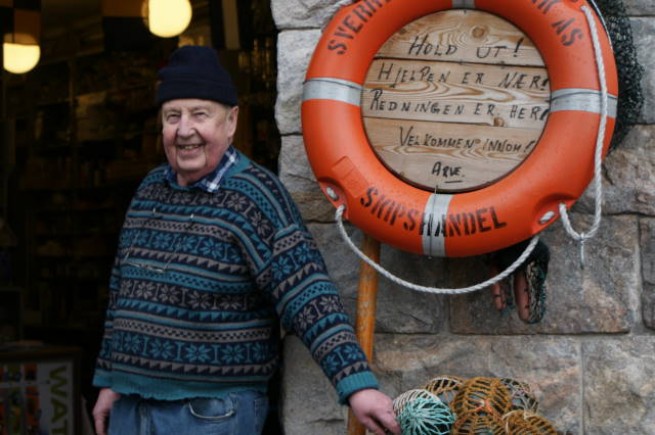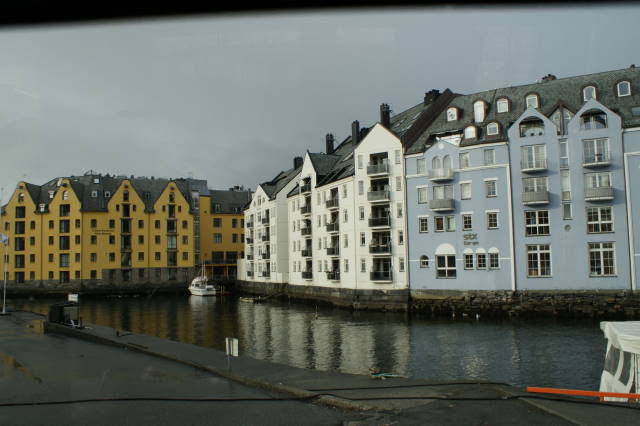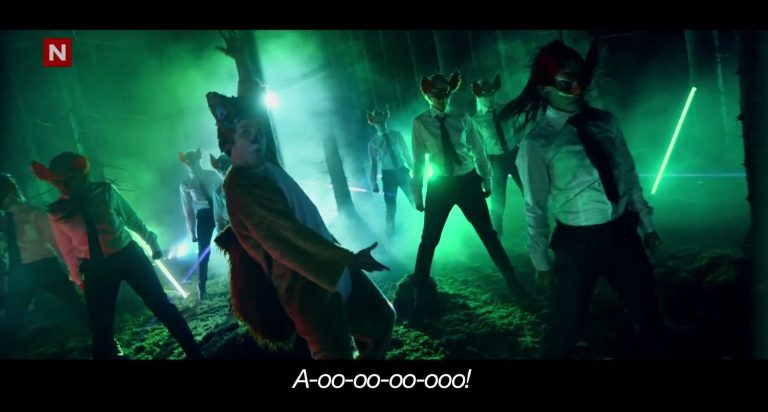As the gateway to Scandinavia, Copenhagen has a business culture that is laid-back but efficient. Is Copenhagen the world’s most likable city? It could well be.
Granted, there are no dramatic high-rise skylines and few buzzy, bustling streets. But there’s plenty of easygoing charm: Bicycles sail past, little cobbled lanes are packed with quirky stores and cafés, and the waterfront and abundant parks offer ample opportunities to stroll or watch the world go by. Oprah praised the Danes for their simple lifestyle and strong social system, and both are in evidence in their relaxed yet efficient capital. The only downside? Copenhagen is among the world’s most expensive cities. And for those addicted to a high-stress lifestyle, the slower pace might take some getting used to. Laid-back, however, does not mean lazy. “The work-life balance is highly valued here,” says Stephen Brugger, executive director of the American Chamber of Commerce in Denmark. “Danes have one of Europe’s shortest working weeks, yet they are highly productive.” Managers used to the U.S. are often initially dismayed at the short hours worked, he adds, but pleasantly surprised when they realize how effective those hours can be. And for American companies, there is no doubt that Copenhagen—or København, as the locals call it—is a strategic location. It’s a gateway to Scandinavia, with Sweden just across the busy Øresund waterway, which has been bridged since 2000, bringing the nations even closer together.

Denmark was one of the first nations to acknowledge U.S. independence, and the two countries have been trading partners ever since. Some 400 U.S. companies have already set up shop here, and there’s a clutch of multinationals quartered in Copenhagen, including Dell and Nokia. Denmark boasts some multinationals of its own—think Maersk and Carlsberg (both of which are based in Copenhagen). Other big names include Lego, Novozymes, Bang & Olufsen, Vestas Wind and Novo Nordisk. But it’s fair to say that Copenhagen’s real strength is in midsize niche companies. “Life sciences, pharma, ICT, creative entertainment, clean tech and logistics and shipping are particularly well represented,” says Brugger. “Production here has a high level of specialization.” Danish design goods—from, for example, silversmith Georg Jensen and furniture makers Bo Concept and Søren Lund—testify to the country’s extraordinary (and very marketable) modern design heritage.
Danish history has conspired to give the country its egalitarian bent. “Business here is much flatter, less hierarchical, than we’re used to in the U.S.A.,” says Greg Nagan, a native New Yorker who is now a manager in a big Danish company. “Senior management fraternize with subordinates more than they do in the U.S. It’s an inclusive culture here.” Nagan now enjoys the “refreshingly relaxed” attitude to work in Copenhagen, although he admits it took some getting used to: “My boss had to nudge me to take my 10 weeks of paternity leave when my first child was born,” he says. “I was afraid I’d be replaced!

Family life comes first, and even senior managers leave early to pick up their kids or attend a school play. I found it very alien at first.” Working overtime is apt to be seen by Danes not as enthusiasm for the job, but as a sign of bad time management.
One thing that is more familiar is the language—not Danish, but English, which 86 percent of Danes can speak to a high standard. But even that can have pitfalls, says Claus Adam Jarløv, the founder of the company Global Denmark, which specializes in cross-cultural communications. “It’s easy for native English speakers to assume that Danes understand more than they really do,” he cautions. “It’s worth spending some time checking that you’re properly understood. And learning at least some Danish goes a long way, too.” He notes that “Americans can find it especially surprising when employees question and comment on the approach of their bosses, but in Denmark it’s normal for the CEO’s strategy to be analyzed by his own secretary.” Critical thinking is a Danish strength, he says, which U.S. businesses can take advantage of.

It follows that Danish workers don’t respond to an authoritarian approach. “But the upside is that you get employees who are committed, capable of working independently and of managing their own time,” says Brugger. And then there’s hygge: “It’s impossible to translate, but hygge can be approximated as ‘cozy’ or ‘snuggly,’” says Nagan. “For me, it’s Denmark’s greatest contribution to life.” That intimate atmosphere enriches any stay in the city—for all but the most die-hard workaholics anyway. While Copenhagen is full of things to do—from theater and museums to parks, including everyone’s favorite, Tivoli—it’s such a small, family-friendly place that you often feel you’re in a village rather than a capital. “There just can’t be a better place to combine kids and career,” says Nagan.
After Hours
Nørrebro BryghusBeer is the local specialty, but there’s much more to it than Carlsberg or Tuborg. Head to Nørrebro Bryghus, one of Copenhagen’s most popular brewpubs. It boasts Denmark’s first carbon-neutral beer, which you can of course sample while also touring the brewery to see how it’s made.
Hamlet Country
Take in Hamlet country (he was Prince of Denmark, remember). First get the train (45 minutes) to Helsingoer (Shakespeare’s Elsinore), then cross to Helsinborg (Sweden) by ferry (20 minutes) for fantastic views of Kronborg Castle—Hamlet’s home—across the sea. Denmark’s most imposing castle, Kronborg is a 10-minute walk from Helsingoer.

Royal Library
Visit not for books, but for the superb modern architecture, secluded gardens and great restaurant (see below). You’ll see at once why this waterfront landmark is known as the Black Diamond—its façade is entirely covered in Zimbabwean granite. Take bus 1, 6 or 10.

Where to Eat
Noma
If you can get a table, try Noma—voted the world’s best restaurant for two years running. The food is new Nordic, featuring fine local ingredients and fresh, clean flavors. The location in Copenhagen harbor is superb, too.

Søren K
Royal Danish Library Modern and minimalist, with great harbor views and a contemporary Scandinavian menu, this eatery is a great reason to visit the Royal Library.
Stay
Copenhagen Marriott Hotel
Efficient but stylish business hotel near Copenhagen Central Station, with great canal and harbor views. Good conference and business facilities, wireless throughout.
Radisson Blu SAS Royal
Designed by Arne Jacobsen in 1960, the SAS has been gracefully restored as a showcase of the great designer’s work. Close to the Tivoli Gardens. Good business facilities, close to metro, free broadband.

Phoenix Hotel
Located in the financial district, this elegant 17th-century hotel is a beautiful location for a conference or business meeting—or just to stay in. Wireless throughout, five minutes from the metro.
Airport

Kastrup, Copenhagen’s airport
offers that rare thing—an enjoyable airport experience. Shops and facilities are excellent, and everything in the three-terminal complex benefits from the Danish design touch. There are plenty of quiet places to work, too (free wireless). The easiest way to get into town is with the metro (15 minutes). Ticket machines are everywhere but take only chip cards (not U.S. credit cards), or you can buy a ticket at the DSB sales counter in terminal 3.























 His own photo career began by photographing children in kindergartens in southern Norway. Group pictures were extremely popular and Lasse produced about 40,000 portrait series a year, so no doubt he’s had many fantastic memories of smiling children. He could be in Stavanger one week and in Lillehammer the next. This was Lasse’s main business until 1988, when the world experienced the stock market crash. The competition was intensified when local photographers discovered a new source of income.
His own photo career began by photographing children in kindergartens in southern Norway. Group pictures were extremely popular and Lasse produced about 40,000 portrait series a year, so no doubt he’s had many fantastic memories of smiling children. He could be in Stavanger one week and in Lillehammer the next. This was Lasse’s main business until 1988, when the world experienced the stock market crash. The competition was intensified when local photographers discovered a new source of income.






















 “We thought it would be funny to have a really well-done book as merchandise for a tanked project,” explains Vegard (pronounced “Vay-gard”), 34, who never imagined the intentionally “bad” song and video would be a global phenom. “It’s just so stupid. But stupid dollars are the same as smart dollars.”
“We thought it would be funny to have a really well-done book as merchandise for a tanked project,” explains Vegard (pronounced “Vay-gard”), 34, who never imagined the intentionally “bad” song and video would be a global phenom. “It’s just so stupid. But stupid dollars are the same as smart dollars.”